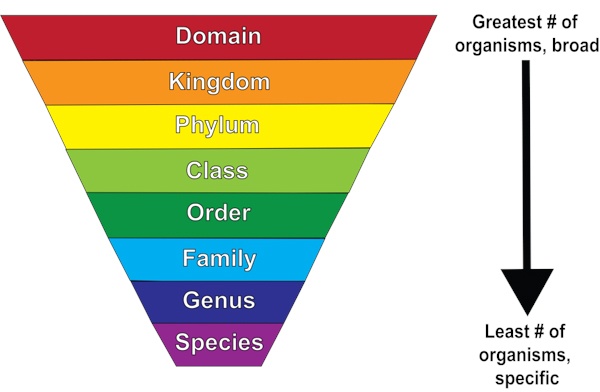PHYSARUM POLYCEPHALUM
| Part 1: Introduction |
|---|
| Part 2: Life cycle |
| Part 3: Pathfinding |
Introduction
I love, absolutely love, microbiology. It’s fascinating. And as such, you would expect my favorite species, across the infinitum of temporality and space, to be a relatively tiny organism.
The Physarum Polycephalum is an acellular (i.e. it has several nucleuses per cell) organism. It also has some of the most interesting behaviour. Besides its outstanding, and confusing to me life cycle, it is also outstanding due to its fascinating pathfinding behaviour.
Also in the intro, I believe it is proper to determine what Physarum Polycephalum actually means. As always with long words in biology, it can be easily broken down into its components to understand what it means. Let’s start with the first part of Physarum Polycephalum, the genus, Physarum.

Physarum, like everything biology, has its roots in greek. Physarum can be separated into physis and arum. Physis is greek for “physical”, whilst arum is greek for “slime”. Thus, physarum means physical slime. If I say the statement (factual), that there are a lot of species in the genus physarum, then I am basically saying there are a lot of physical slimes. Now for the species. The second part of physarum polycephalum is, you guessed it, polycephalum. This one is more easily broken down than physarum, and some of you might already know it. We can break polycephalum down into poly and cephalum. You should already know what poly means, but if you don’t, poly means a lot. You also might know what cephalum is, mainly from squid, which are a type of cephalopod. Cephalum means head. As such, polycephalum means many head. Putting these all together, we can come to the conclusion that Physarum polycephalum means physical slime multi head. All these are indicative of its nature, which I will describe in the upcoming sections. One more way we can learn about its nature, is by looking at the Phylum in which it belongs in. Physarum polycephalum is a member of the amoebozoa. While I hope you already know what an amoeba is, if you don’t, an amoeba is a single-celled organism that grabs its food using pseudopods, which are like semi-solid arms.
Life cycle
The physarum polycephalum is well renowned in the scientific biological community for its fantastic life cycle. The first interesting tidbit, is that Physarum Polycephalum can lead two very different lives.
The first type of life than P. Polycephalum can live, is a life as an amoeba. As an amoeba, P. Physarum prefers to live in the damp ground. As an amoeba, it is also haploid, meaning that it carries n chromosomes, while a diploid, such as the second life that P. Polycephalum can lead, carries 2n chromosomes. An amoeba P. Polycephalum simply eats using phagocytosis, where it will engulf the target in its cell membrane, in order to consume the target. An interesting part of P. Polycephalum, is that, when an amoeba, if submerged in water, it becomes a flagellate, meaning that it has a tail. Image if that happened to a human! Imagine if the act of going in water made you grow a tail?! That’s one of the things I find fascinating about P. polycephalum. It is literally a merfolk. When being starved, interestingly enough, P. Polycephalum reverts back to being spores. After a while, several P. Polycephalums will fuse together, becoming a diploid. Then, the nucleuses in the large diploid cell will start to split, even though the large cell itself will not split. It will then go on to what I view as its second life.
The second type of life that the P. Polycephalum will live, is as a diploid macroscopic multinucleate syncytium. This phrase may seem hard to understand, so let me help you. We’ll use the same method we used earlier, to break down Physarum Polycephalum. Let’s start with the two easiest, macroscopic and multinucleate. Macro is the prefix for large, and scopic is too see, so macroscopic means large too see, or, more simply, a thing that is large. Multinucleate is also easy to break down, multi means multiple, and nucleate means nucleus, the ate sort of means to have, so multinucleate means has multiple nucleuses. Time for the final word, syncytium. Syn means united, and cytium means cell, so syncytium means united cells. All together, that above phrase means a large cell, formed from smaller cells, with many nuclei. When I say large, I mean large. This one cell can grow to over a foot in length! Just one cell! You are made of tens of trillions of cells, and this one cell is over a foot long! This one cell is also called a plasmodium. Once again breaking it up, a plasmodium is a plasma dium, and dium means a distinct unit, so a plasmodium is a structure of plasma. The large plasmodium also uses phagocytosis to consume stuff similiar to how the amoeba did it, just this time on a more macro scale. When starved, there are two different developmental pathways for the P. Polycephalum. The first occurs if it is dark, and that is turning into a sclerotium. This can be broken down into sclero for hard, and tium for an entity, for a hard entity. A sclerotium is basically a hard, dormant structure, as if the slime mold was hibernating. The other, if it is light, is that the P. Polycephalum will become spores with multiple heads. When the spores are being formed, meoisis occurs, and meoisis is a type of cell division which takes a diploid, and produces a haploid, so that the spores, which become amoeba, are haploids too.
Pathfinding
The final reason that I love Physarum Polycephalum, and this entry will be much much shorter, is due to its unique pathfinding, which I talk about in my projects entry about it